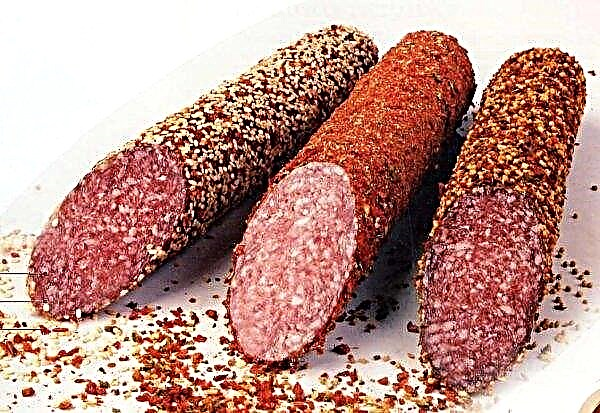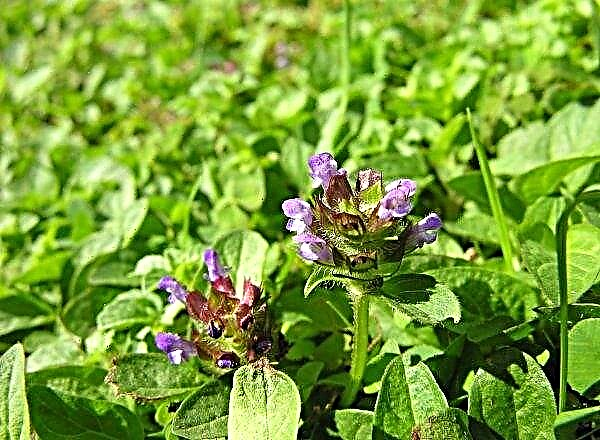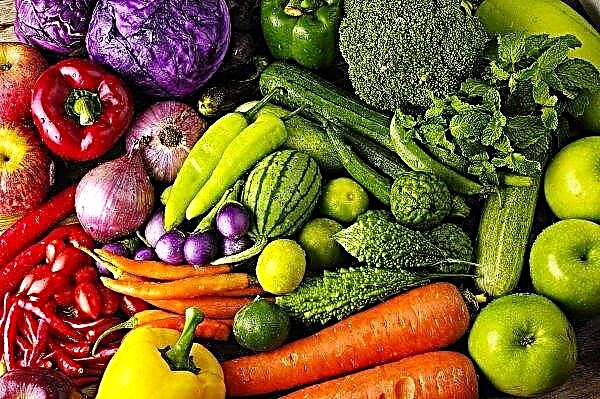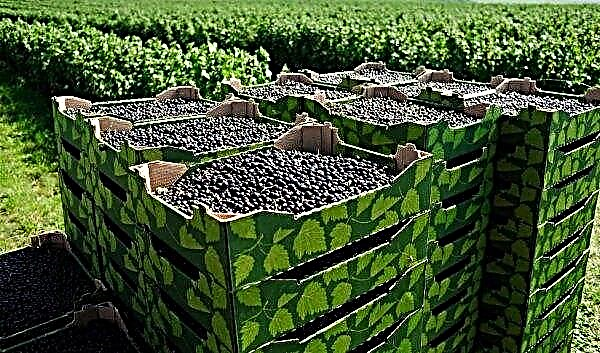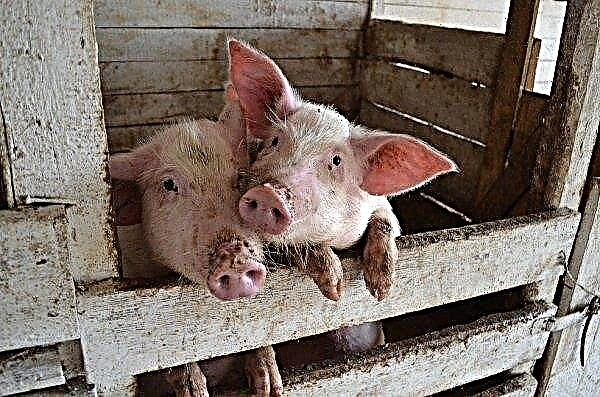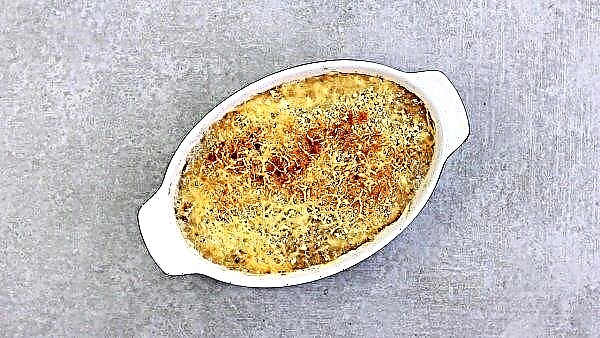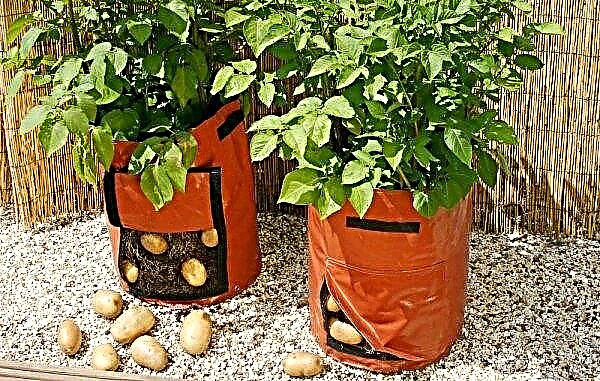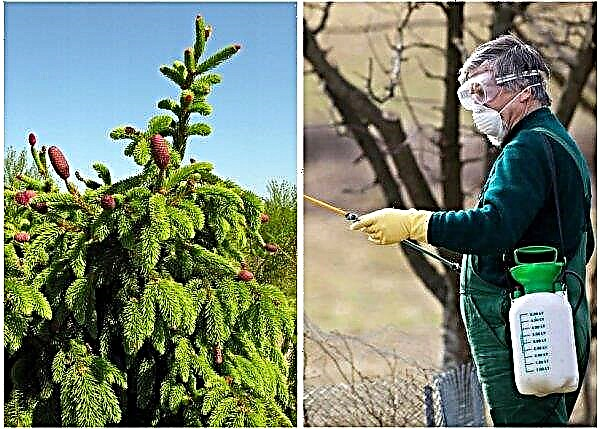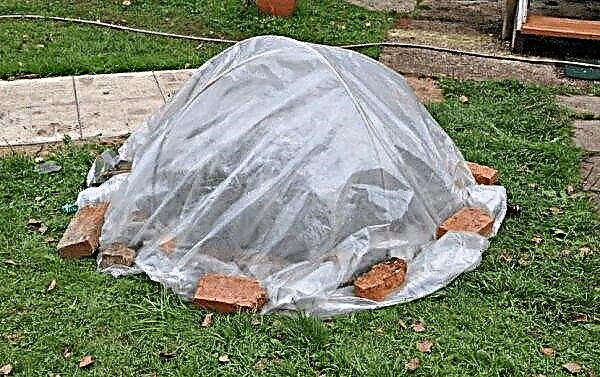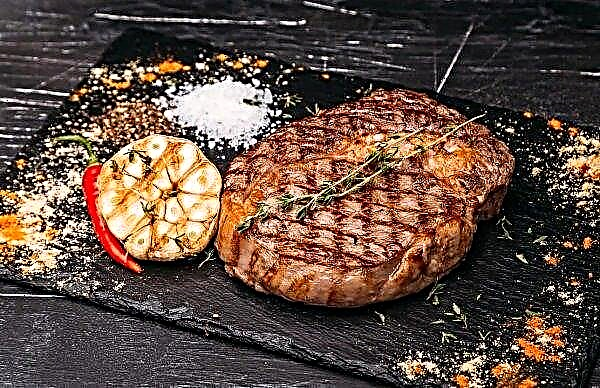Wanting to choose a cabbage variety for his garden, the farmer pays attention to taste, productivity, unpretentiousness in care, resistance to diseases and adverse conditions. All these characteristics are inherent in Belarusian cabbage. Although the variety is quite old, its popularity among industrial and private farms does not become obsolete. The article describes the advantages and disadvantages of this variety, as well as the features of agricultural technology.
Description and characteristic
The variety was bred in the pre-war era by Soviet scientists on the basis of the All-Russian Scientific Research Institute of Breeding and Seed Production. Breeders have applied the method of individual and family selection using one of the Belarusian varieties. The new variety Belorusskaya was introduced to the State Register in 1943 and has since been actively grown almost throughout the former Soviet Union. Popular varieties are Belorussian 455 and 85.
Depending on the growing region, a variety with an index of 455 may be mid-season (85–100 days) or medium-late (110–130 days). And Belorusskaya 85 belongs to the late varieties and ripen only 140–150 days after emergence. Both varieties are characterized by good productivity: from 1 m² it is possible to collect up to 8 kg of cabbage heads (the 85th yield indicators are less). They tolerate cold well and do not really like heat.Did you know? The Russian name of the vegetable "cabbage" comes from the Latin "caputum", or "head", this is due not only to the round shape of the head of cabbage. It recalls the ancient Roman legend, according to which drops of sweat from the head of the god Jupiter fell to the ground and turned into cabbage head.
A medium-sized rosette (70–90 cm in diameter) has a semi-spreading shape. The upper leaves are rounded, flat, very dense, dark green and gray-green. Veins are almost invisible. The edges of the leaf plates are slightly wavy.
Heads grow medium in size (2–4 kg), very dense, flattened rounded. The inner leaves are thin and juicy, light green and white. The stump inside the head is small. The sugar capacity is 4.4–6.7%, and vitamin C is about 39 mg. Heads of cabbage do not crack and do not break up; they are well transported. Belorussian is used in cooking fresh and for preparing various dishes, very tasty in fermented form.Advantages and disadvantages of the variety
- Gardeners with experience in growing Belorussian white, note its significant advantages:
- great taste;
- universal application in cooking;
- high yield;
- cold resistance;
- heads of cabbage are strong and do not crack;
- well transported;
- You can collect your seeds.
Did you know? Residents of Kievan Rus were very fond of cabbage. Svyatoslav's Izbornik, a reference book of 1073, provides guidance on how to grow and use this vegetable.
- The disadvantages include the following serious factors:
- no resistance to diseases and pests;
- very demanding on humidity at the beginning of the growing season;
- does not tolerate transplant;
- does not like heat.
Optimal landing times
When calculating the timing of sowing seeds and planting seedlings in the ground, you need to take into account some features of cabbage vegetation:
- seedlings appear within a week after sowing;
- transplanted to a permanent place seedlings at the age of 30 or 40 days;
- seedlings do not like high temperatures, so you need to have time to plant it before the start of the summer heat;
- in different regions the weather is different.
Taking into account the foregoing, we conclude: the timing of sowing seeds for seedlings varies from late March to the first half of May (in the warm area earlier, and in the cold later).
Agriculture cultivating varieties
Cabbage seedlings can be bought ready to plant, or you can grow them yourself. It’s not difficult to grow your own seedlings of Belorusskaya. But you should strictly adhere to the rules of agricultural technology. The health and quality of the crop depends on the conditions under which the plant developed at the beginning of the growing season.

Growing seedlings
Before sowing, it is necessary to carry out preparatory measures:
- treat the selected container (container or individual cups) 7 days before planting with boiling water, preferably with potassium permanganate;
- prepare a substrate from peat, turf soil and sand (3: 1: 0.5) and pour it with boiling water with potassium permanganate or preparations Alirin-B, Gamair (dosage according to the instructions) the day before sowing, the acidity should be neutral;
- harden the seeds (put in hot water for 30 minutes, and then in cold water for 2-3 minutes) and pickle with a pink potassium permanganate solution (soak for half an hour) or Fitosporin (8 hours).
Important! Experts advise to avoid picking and immediately sow seeds at a distance sufficient for seedlings or in a separate container. Seedlings of Belorussia do not tolerate transplant.
Technology for growing seedlings from seeds:
- sowing pattern: depth - 1 cm, distance - 3 cm;
- seeds are sprinkled with earth, watered a little, covered with a glass lid or film;
- air temperature before emergence - + 18 ... + 20 ° С, and after - + 15 ° С during the day and + 10 ° С at night;
- good lighting should last 12 hours, if necessary, special lamps are used;
- in the stage of two true leaves (after about 7-8 days), the sprouts dive into cups with a diameter of at least 6 cm;
- watering should be moderate; drying out and waterlogging of the soil should not be allowed;
- You can feed the seedlings with urea and potassium sulfate;
- 14 days before transplanting, it is advisable to harden the plants: take them outside, gradually increasing the time spent in the fresh air;
- It is possible to transplant to a permanent place at the age of 40-50 days in the presence of 6-8 leaves and a strong root system.
Ground preparation on site
Cabbage loves to get a lot of sunlight, so it is best to choose an open and unshaded area for it. It grows well in the beds on which peas, potatoes, tomatoes and peppers grew before it.
The selected piece of land must be prepared in the fall. To do this, cover the soil with humus or compost mixed with ash (1 bucket per m²) and dig deeply. So, on the one hand, the soil is fertilized, and on the other, the larvae of harmful insects are destroyed.

In spring, mustard can be sown on future cabbage beds. And before planting cabbage, the earth should be dug up along with the crops. This procedure will improve the structure of the soil.
Transplanting seedlings into the ground
If at the age of 40 or 50 days 6 strong leaves formed in the seedlings, it is time to transplant it to a permanent place. This time usually comes in the first half of June.
Transplant Recommendations:
- form beds from north to south so that each bush receives enough sunlight;
- with a high groundwater position or rainy summer, it is advised to make high beds so that water stagnates in the root zone;
- planting scheme: 60 × 60 cm or 70 × 70 cm, this distance will allow the roots and leaves of neighboring bushes not to interfere with each other;
- if in the autumn the soil was not fertilized, it is advisable to pour a handful of humus and some wood ash into each well;
- pour 2-3 liters of water into each well, gently place the roots and sprinkle ground on the lower leaves;
- the planting procedure is best performed in the evening, when the summer heat subsides;
- seedlings can also be pritenit for the first time, until they take root.

Plant care
It is not difficult to take care of Belorusskaya, but it is very important, since the quantity and quality of the crop depend on it. Caring arrangements include watering, top dressing, cultivating, and weeding.
Watering and feeding
In the first 2 weeks you need to water the seedlings often, every 1-2 days. In the future, the frequency of watering depends on the region and weather conditions. The composition of the soil also affects this: plants are less often watered on chernozem and loam, and more often on sandy soil.
Pour water abundantly to moisten the entire arable layer (at least 20 cm in depth). 14 days before the intended harvest, stop wetting to avoid cracking the cabbage heads.
Important! Belarusian 85 is often watered only in the first weeks after transplanting seedlings. Then it is watered less often than Byelorussian 455. Otherwise, the heads of cabbage will burst.
Over the entire season, cabbage needs 4–5 times feeding. The first fertilizer is carried out 10-14 days after transplanting seedlings: a solution of humus (1: 7) or chicken droppings (1:15), 0.5 l per bush. The next feeding is carried out after 2-3 weeks, but in a different proportion: mullein - 1: 5 or chicken droppings - 1:12, 1 liter for each plant.
Organics can be replaced with mineral fertilizers: superphosphate (20 g), potassium salt (15 g) and ammonium nitrate are dissolved in 10 l of water. It is important to adhere to the correct dosage of fertilizer so as not to burn the roots.
Loosening and weeding
After each watering and rain it is necessary to loosen the soil. The destruction of the earth crust allows you to open the air circulation in the root zone and prevent them from decay. Loosening the ground, weeds are automatically weed. Deep weeding (up to 7 cm deep) effectively destroys the roots of weed grass, but does not damage the roots of the crop.
Loosening the ground, weeds are automatically weed. Deep weeding (up to 7 cm deep) effectively destroys the roots of weed grass, but does not damage the roots of the crop.
Disease and Pest Prevention
Unlike hybrids, the Belorussky variety does not have immunity against keel and vascular bacteriosis. There is no effective means of combating these diseases, therefore, if signs of infection are detected, the heads of cabbage need to be uprooted and burnt.
Disease Prevention:
- crop rotation, plant cabbage every year in a new place;
- do not throw cabbage leaves and roots into a compost pile;
- timely weed removal;
- the fight against insects that spread the infection.
Harvesting and storage
Cabbage, planted in early spring, fully ripens in the second half of September or the first half of October. Cleaning should be done in sunny weather, so that there is no dew or frost on the heads of cabbage. If you plan to store cabbage heads in the winter, then you need to leave small stumps (about 3 cm), for which they will be suspended. For long-term storage, ideal heads of cabbage are selected, without spots and other flaws.

A dry, cool and well-ventilated room can serve as storage. In cabbage, which is not intended for storage and will be processed, the stalks are cut off completely. In a cold place (+5 ... + 7 ° С) they can lie for a month. Belorussian cabbage is an old variety, but very tasty and fruitful. Planting and caring for the crop are very simple. For this, many generations of gardeners and gardeners love it already.

